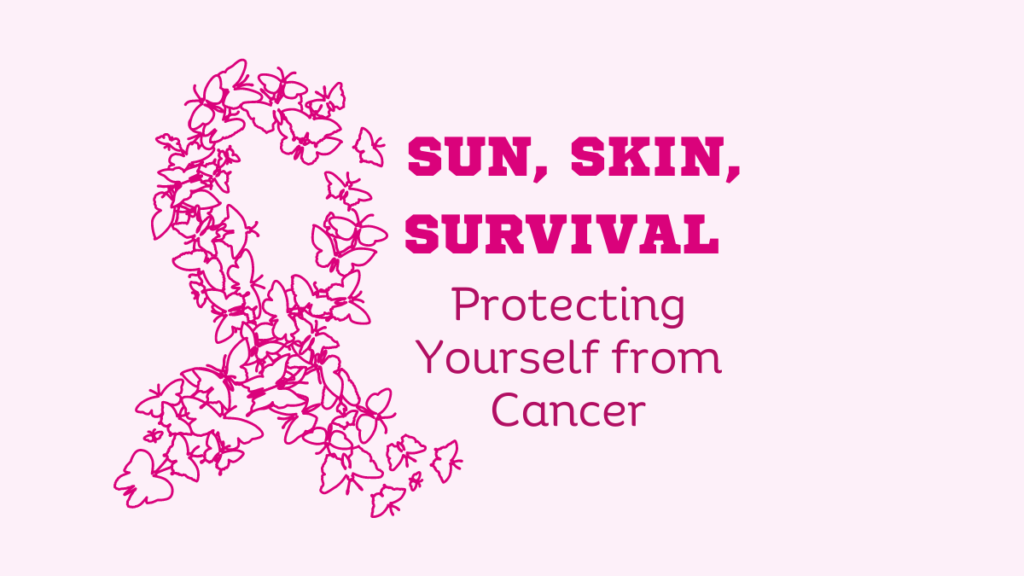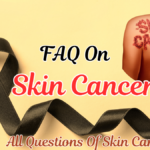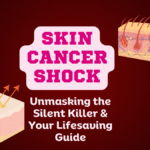Sun, Skin, Survival: Protecting Yourself from Cancer
Understanding the Silent Threat
The sun, a celestial body that provides life and warmth, can also be a silent assassin. Excessive exposure to its ultraviolet (UV) rays is a primary culprit behind skin cancer, a disease that affects millions worldwide. Let’s delve into the intricacies of this silent threat and discover how to shield yourself from its harmful effects.

The Sun’s Malicious Intent
UV radiation, emitted by the sun, is categorised into UVA and UVB rays. While both are harmful, UVA rays penetrate deeper into the skin, contributing to premature aging and skin cancer. UVB rays, on the other hand, cause sunburn and play a significant role in developing melanoma, the deadliest form of skin cancer.
Recognising the Enemy: Types of Skin Cancer
- Melanoma: Often arising from existing moles, melanoma is characterised by irregular shapes, colours, and sizes. Early detection is crucial for successful treatment.
- Basal Cell Carcinoma: The most common type, basal cell carcinoma typically appears as a pearly nodule or a flat, scaly patch.
- Squamous Cell Carcinoma: This type forms as firm, red bumps that can develop into sores.
Shielding Yourself: Sun Protection Strategies
- Sunscreen Saviour: Apply broad-spectrum sunscreen with an SPF of 30 or higher generously and reapply every two hours, especially after swimming or sweating.
- Seek Shade: Limit sun exposure, especially during peak hours (10 AM to 4 PM).
- Protective Gear: Don’t forget hats, sunglasses, and protective clothing to shield your skin and eyes.
- Early Detection: Regularly examine your skin for any changes and consult a dermatologist for suspicious moles or spots.
Lifestyle Modifications: Beyond Sunscreen
- Healthy Diet: Incorporate antioxidants-rich foods like berries, leafy greens, and carrots to bolster your skin’s defence.
- Vitamin D Balance: While essential, excessive sun exposure for vitamin D is unnecessary. Consider supplements or fortified foods.
- Regular Checkups: Schedule annual skin exams with a dermatologist, even if you don’t notice any abnormalities.
Myths Debunked: Separating Fact from Fiction
- Myth: Sunscreen with a higher SPF offers longer-lasting protection.
- Fact: SPF measures UVB protection. Reapplication is essential for extended sun exposure.
- Myth: A base tan protects against sunburn.
- Fact: A tan is a sign of skin damage and increases cancer risk.
Conclusion
By understanding the risks, adopting protective measures, and practicing early detection, you can significantly reduce your risk of skin cancer. Remember, sun safety is a lifelong commitment. Protect yourself, your loved ones, and embrace a sun-safe lifestyle.











